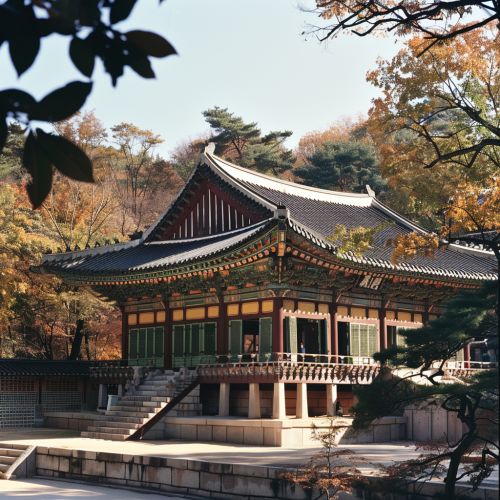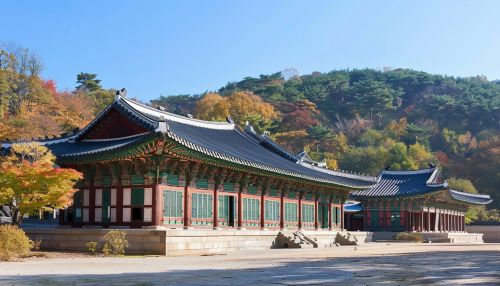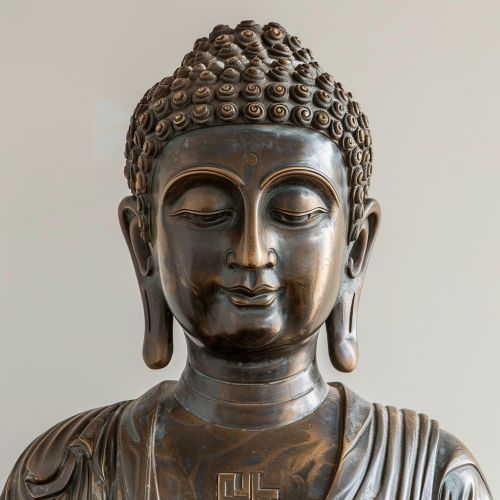Goryeo Dynasty
History
The Goryeo was a Korean dynasty that lasted from 918 to 1392. It was founded by King Taejo, and during its reign, it saw the unification of the Later Three Kingdoms of Korea. The dynasty was named "Goryeo" because it was a shortened form of "Goguryeo", one of the ancient Three Kingdoms of Korea, which was considered as the dynasty's predecessor.


Politics and Government
The Goryeo Dynasty was characterized by a centralized government system. The king was the ultimate authority, but he was assisted by a council of nobles and officials known as the State Council. The council was responsible for advising the king on matters of state and implementing his decisions. The government also had six ministries, each headed by a minister, who were responsible for various aspects of administration.
Society and Culture
The society during the Goryeo Dynasty was heavily influenced by Buddhism, which was the state religion. Buddhism played a significant role in shaping the culture, arts, and literature of the period. The Tripitaka Koreana, a collection of Buddhist scriptures, was one of the most significant cultural achievements of the dynasty.


Economy
The economy of the Goryeo Dynasty was largely agrarian, with rice being the primary crop. Trade also played a significant role in the economy, with the dynasty engaging in commerce with countries such as China, Japan, and the Islamic Caliphate. The dynasty also minted its own currency, known as the Goryeo Tongbo.
Military
The military of the Goryeo Dynasty was known for its powerful navy, which played a crucial role in defending the kingdom against invasions, particularly from the Japanese pirates known as Wokou. The dynasty also had a well-organized army, which was divided into various units based on the soldiers' skills and weaponry.
Legacy
The Goryeo Dynasty left a significant legacy in Korean history. It was during this period that the Korean alphabet, known as Hangul, was created. The dynasty also saw the flourishing of Korean culture, particularly in the fields of literature, art, and architecture.
